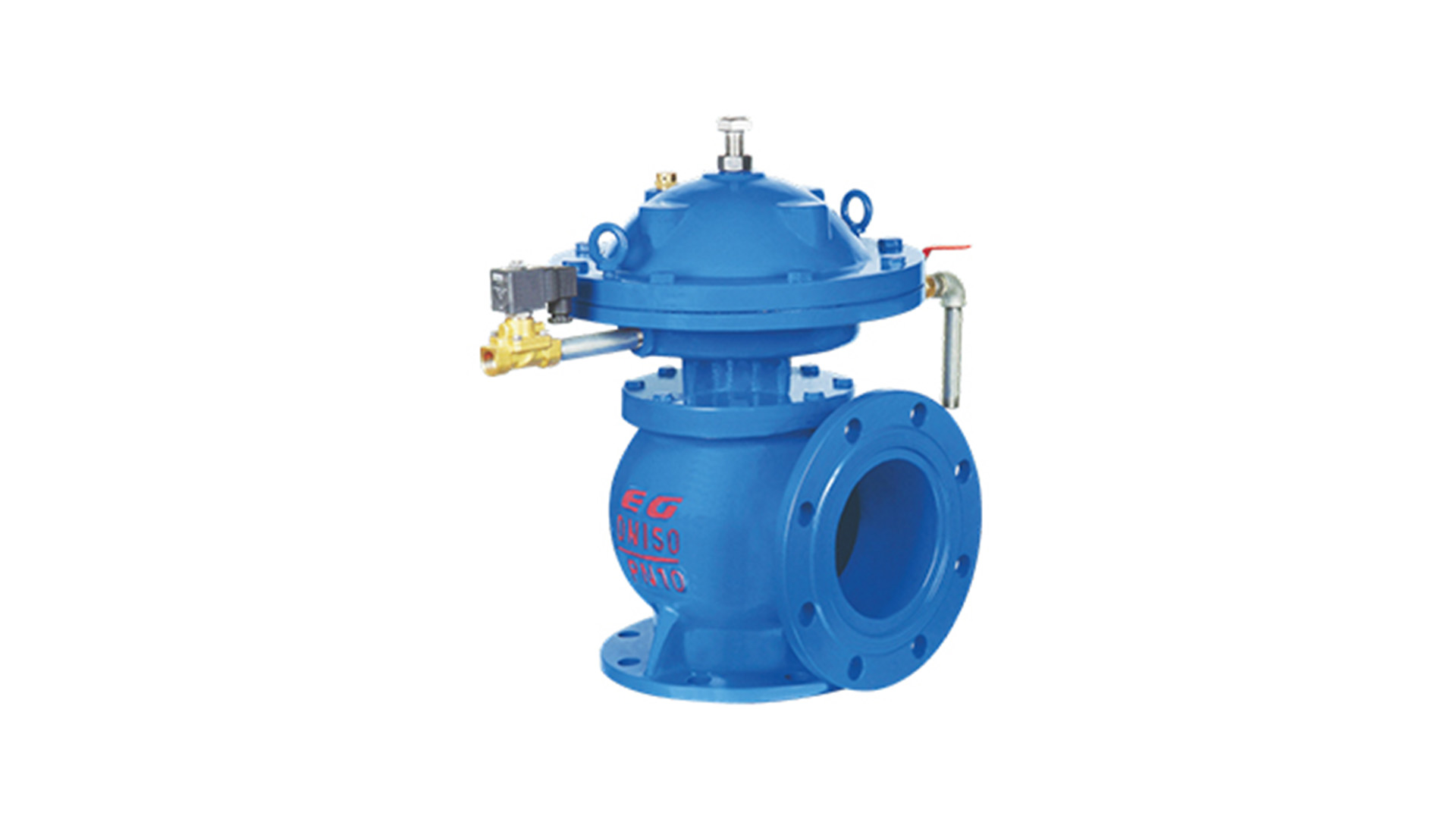Time:2025/03/10Views:189
The manual sludge discharge valve is a valve specially designed to remove sediment and impurities accumulated in ponds, sedimentation tanks or other liquid storage equipment. It is usually installed in water treatment facilities, industrial production equipment and urban water supply systems to maintain the normal operation of the equipment, improve water quality and extend the service life of the equipment.
I. Principle of operation
The working principle of manual sludge discharge valves is based on simple mechanical operation. The valve body controls the opening and closing of the valve by means of manual actuation (e.g. rotating handle or lever). When the valve opens, the mud and sediments in the liquid are discharged from the discharge port by gravity or liquid pressure.
II. Main structures
1. Valve body: usually made of corrosion-resistant materials (such as cast iron, stainless steel or ductile iron), to adapt to the needs of different working conditions.
2. Manual device: including handwheel or lever, used to drive the valve open and close.
3. Seals: rubber or other wear-resistant materials are used to ensure that there is no leakage when the valve is closed.
4. Mud discharge pipe: connected to the outlet of the mud discharge valve, used to direct the discharged sediment to a specific area.

III. Characteristics
1. Simple operation: manual design without additional power, convenient for users to operate on-site.
2. Economical and practical: low cost, suitable for small and medium-sized water treatment facilities.
3. Strong durability: simple structure, easy maintenance, long life.
4. Good sealing performance: effectively prevent secondary pollution and liquid leakage.
IV. Application Scenarios
1. Municipal water supply system: removing sludge and impurities in the sedimentation tank to ensure the quality of water supply.
2. Industrial water treatment: removing sediments in industrial circulating pools or sedimentation tanks to ensure stable operation of production equipment.
3. Sewage treatment plant: Discharge sediment during sewage treatment to maintain normal treatment efficiency.
4. Agricultural irrigation: clean sediment in storage ponds or channels to ensure smooth irrigation system.
V. Precautions for use and maintenance
1. Regular inspection: Check the sealing performance of the valve and whether there is any damage periodically to ensure normal operation.
2. Timely cleaning: According to the accumulation of sediments, carry out sludge removal operation in time to prevent excessive accumulation.
3. Anti-corrosion maintenance: in corrosive environments, the valve should take anti-corrosion measures, such as applying anti-corrosion coating.
4. Preventing overloading: when operating manually, avoid excessive force resulting in damage to the valve or handle.
As a kind of economical and practical equipment, manual mud drain valve plays an important role in all kinds of liquid treatment and storage systems. Its convenient operation and simple maintenance characteristics make it widely used in water treatment, industrial production and agricultural irrigation and other fields. Reasonable use and maintenance can effectively extend its service life, and provide protection for the efficient operation of the relevant system.